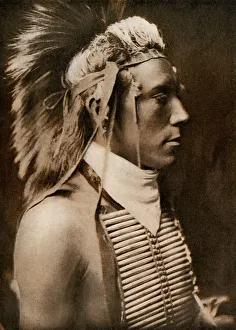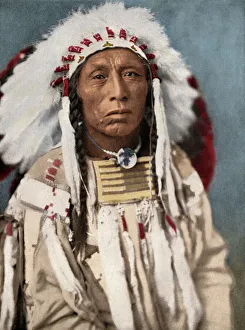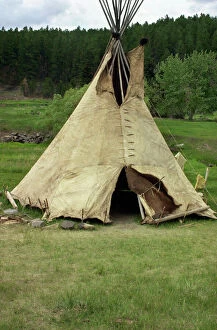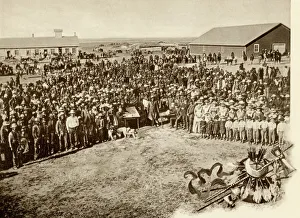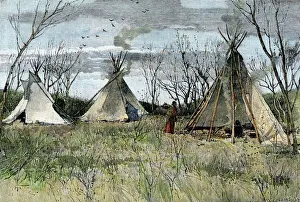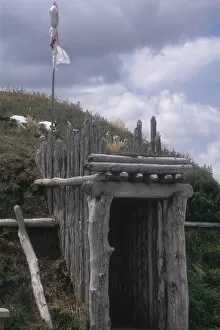Plains Tribe Collection
The Plains Tribe, a rich tapestry of indigenous cultures and traditions, has left an indelible mark on the history of North America
All Professionally Made to Order for Quick Shipping
The Plains Tribe, a rich tapestry of indigenous cultures and traditions, has left an indelible mark on the history of North America. From the mighty Crow chief who led his people with wisdom and courage to the Sioux tepee made from buffalo-hide, their way of life was deeply rooted in harmony with nature. In 1890, at the Standing Rock Reservation in North Dakota, the Sioux Nation stood united against adversity. Their resilience echoed through time as they fought for their land and cultural heritage. The image captures a moment frozen in history, reminding us of their unwavering spirit. A young Crow Indian boy gazes into the distance with eyes filled with curiosity and dreams. He represents a future generation ready to carry forward ancient traditions while embracing modernity. The Blackfeet horsemen galloping across vast plains during the 1850s symbolize strength and freedom that resonated within every beat of their horses' hooves. They were true masters of horsemanship. An Omaha Indian village adorned with tipis stands proudly amidst rolling hills. These portable dwellings provided shelter for families while allowing them to move freely across ancestral lands. An untitled artwork from the 19th century depicts warriors on horseback charging fearlessly into battle—a testament to their bravery and fierce loyalty towards protecting their tribes. A Comanche warrior astride his pinto pony evokes images of wild beauty intertwined with deep-rooted connection between man and beast during the 1800s. This bond formed an integral part of Comanche culture. Amidst a blizzard's fury, a solitary tipi stands tall against nature's wrath—an embodiment of resilience passed down through generations despite harsh winters that tested both body and soul. A Sioux grave nestled upon northern plains serves as a poignant reminder that these lands hold sacred memories—of lives lived fully by those who came before us—and deserve our utmost respect today.

